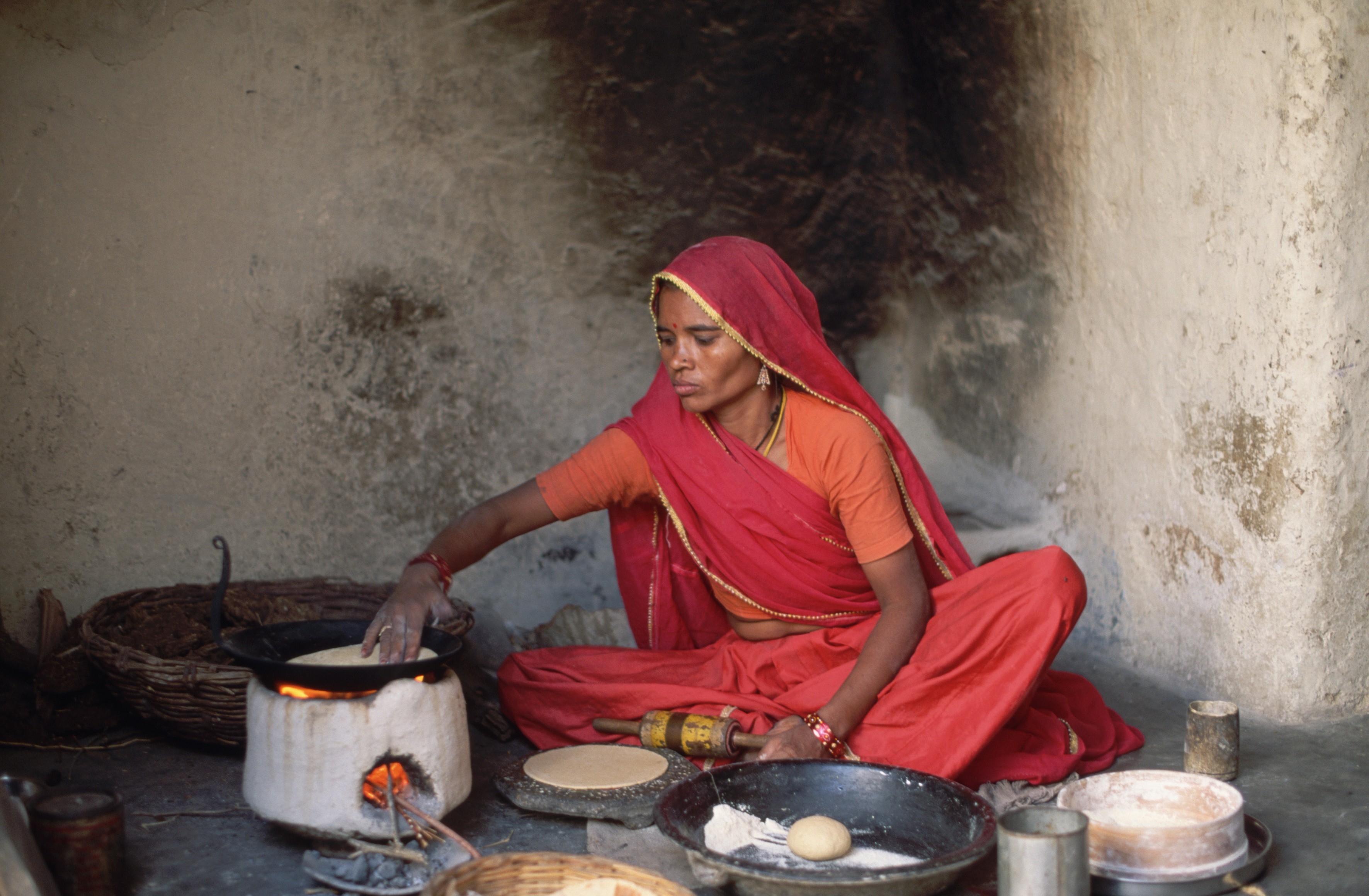
Meeting Title: Monitoring the fossil fuel subsidies indicator SDG 12.c.1 in India
Location: India
Date: September 2017
Partners: IISD-GSI
SDG Indicators: 12.c.1
Type: Fossil fuels
The Sustainable Development Goals indicator 12.c.1; Amount of fossil-fuel subsidies per unit of GDP (production and consumption) and as a proportion of total national expenditure on fossil fuels, is a key component of Goal 12; Ensure sustainable consumption and production patterns. Based on the ongoing case study in India, interviews were conducted on the advancement of monitoring the fossil fuel subsidies indicator.
The case study conducted highlighted the institutions involved in data collection of fossil fuels, current state of monitoring and reporting on fossil fuels, benchmarking for price-gap calculation on coal, petroleum products, natural gases and electricity as well as shed more light on natural gas and electricity.
India is a major energy importing country. Its ambition to provide clean energy for all such as solar energy propels an expected increase in energy consumption. At the time of the case study on fossil fuel subsidies indicator, India was already subsidizing kerosene, natural gas and electricity. It equally had a comprehensive data collection system on fossil fuel subsidies and energy prices.
As deduced from the case study, India has achieved a capacity for monitoring the SDG targets with several ministries and institutions involved in the data collection on energy subsidies. However, an assessment on whether the capacity for data collection on fossil fuel subsidies in the individual ministries involved would be sufficient for monitoring of SDG indicator 12.c.1 highlighted that the monitoring of SDG indicator 12.c.1 could not be achieved. This is due to the dispersed nature of data collection involving several ministries and the uncertainty about what monitoring of this indicator would entail.
Key issues highlighted in the case study mainly addressed the methods of measurements, where no international methodology such as the inventory approach by the OECD is used and the price-gap is not calculated by the Indian government.
A focus on fuel subsidies revealed that most of fuel subsidies were on petroleum products, but because of low international crude prices petroleum product prices had been largely deregulated. Several fuel subsidy reforms such as moving to a pricing based on Gross Calorific Value (GCV) for coking coal were ongoing.
Menu options
| Agenda |
| List of Participants |
